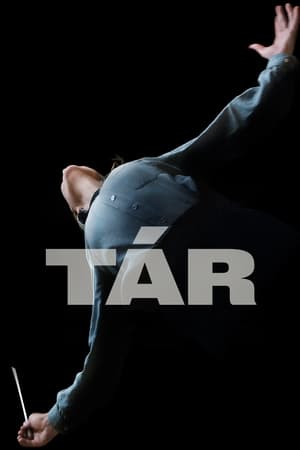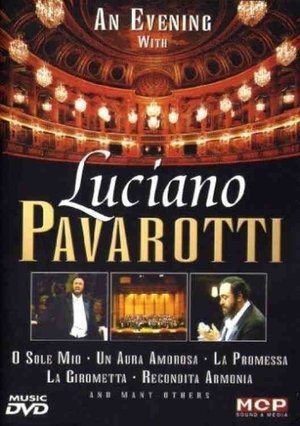

Beethoven: The Piano Concertos(2007)
Beethoven: The Piano Concertos
Leonard Bernstein filmed Piano Concertos 3, 4, and 5 in 1989, but did not live to film the first two. He died in 1990. So Krystian Zimerman, the pianist, paid tribute to Bernstein and rounded out the set in 1991 by both playing and conducting Concertos 1 and 2.
Movie: Beethoven: The Piano Concertos
Video Trailer Beethoven: The Piano Concertos
Similar Movies
 0.0
0.0A Little Touch of Schmilsson in the Night(en)
A live TV special of Harry Nilsson performing his album of standards "A Little Touch of Schmilsson in the Night".
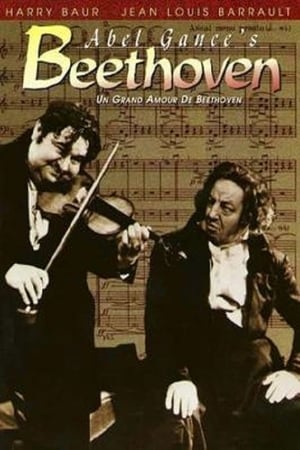 6.9
6.9The Life and Loves of Beethoven(fr)
Lyrical biography of the classical composer, depicted as a romantic hero, an accursed artist.
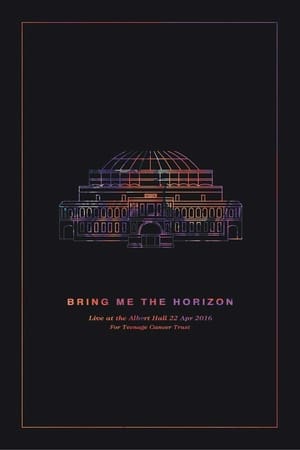 9.7
9.7Bring Me the Horizon: Live at the Royal Albert Hall(en)
Live at the Royal Albert Hall is the second live album and video by British rock band Bring Me The Horizon. It was recorded on 22 April 2016 at thr Royal Albert Hall, with accompaniment from the Parallax Orchestra.
 8.0
8.0The Legend of Zelda Concert 2018(ja)
This brand new Blu-ray contains the full orchestral concert of Legend of Zelda Concert 2018 performed in Dec. 14, 2018 at Tokyo Bunkamura Orchard Hall. This is the first concert in two years following the previous one which has celebrated the series' 30th anniversary. The concert puts the spotlight on the ocarina, harp, and accordion. Features well-known music from the latest game installment The Legend of Zelda: Breath of the Wild as well as legendary tunes from the previous episodes of the saga.
 6.1
6.1The Singer(fr)
Alain Moreau sings for one of the few remaining dance-bands in Clermont-Ferrand. Though something of an idol amongst his female audience he has a melancholic awareness of the slow disappearance of that audience and of his advancing years. He is completely knocked off balance when he meets strikingly attractive and much younger businesswoman Marion. She seems distant and apparently otherwise involved but soon shows quiet signs of reciprocating his interest.
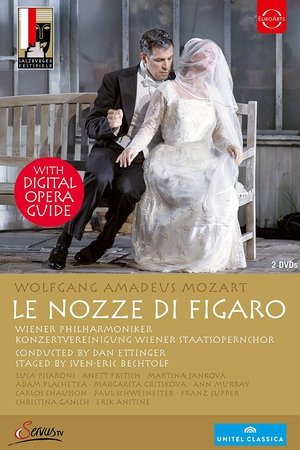 7.0
7.0Mozart: The Marriage of Figaro (Salzburg Festival)(it)
The Salzburg Festival presents one of Wolfgang Amadeus Mozart's masterpieces: the opera Le Nozze di Figaro, in a new production staged by Sven-Eric Bechtolf and conducted by Dan Ettinger. Set-List: Wolfgang Amadeus Mozart, Le nozze di Figaro, K. 492.
 7.6
7.6Golden Orchestra(ja)
When Chizuru joins as a teacher at Umega High School, she hears an amateur orchestra perform. Reminiscing her old days of playing the violin, she decides to enroll in one.
 0.0
0.0Fire Emblem Festival Love & Courage 25th Anniversary Concert(ja)
25th Anniversary of Love and Courage: Fire Emblem Festival was an orchestral concert which was part of Intelligent Systems' celebration of the twenty-fifth anniversary of the Fire Emblem series. The concert was performed by the Tokyo Philharmonic Orchestra at the Tokyo Dome City Hall in July 2015. This DVD collects the performances and drama sequences from the celebration event with the original voice cast as well as staff members from Nintendo and Intelligent Systems.
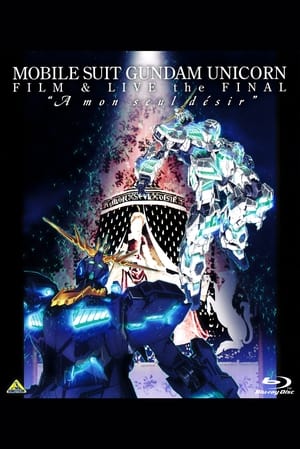 8.3
8.3Mobile Suit Gundam Unicorn Film And Live The Final - A Mon Seul Desir(ja)
The final chapter of the event "Mobile Suit Gundam UC Film & Live" held at Pacifico Yokohama in July 2014 comes out on Blu-ray. Features performance of music used in "Mobile Suit Gundam UC" by Hiroyuki Sawano, reading of the scenario (written by Harutoshi Fukui) read by orginal voice cast, and more.
 7.1
7.1Immortal Beloved(en)
A chronicle of the life of infamous classical composer Ludwig van Beethoven and his painful struggle with hearing loss. Following Beethoven's death in 1827, his assistant, Schindler, searches for an elusive woman referred to in the composer's love letters as "immortal beloved." As Schindler solves the mystery, a series of flashbacks reveal Beethoven's transformation from passionate young man to troubled musical genius.
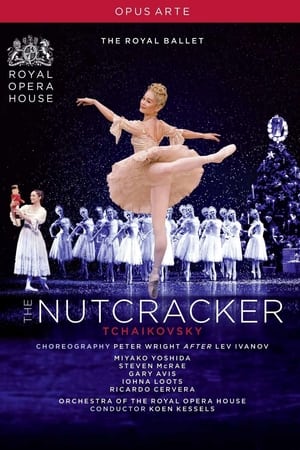 6.5
6.5The Nutcracker(en)
This all-time ballet favourite, in which young Clara is swept into a fantasy adventure when one of her Christmas presents comes to life, is at its most enchanting in Peter Wright's glorious production.
 4.2
4.2Collective Soul - Home(en)
Multi-platinum recording artists release their first-ever live DVD. Recorded in April 2005, the shows were filmed in the band's hometown of Atlanta during two special sold-out performances featuring the Atlanta Symphony Youth Orchestra. The 20-song collection spans ninety minutes and encompasses hits from Collective Soul's seven studio albums, including their latest release, "Youth".
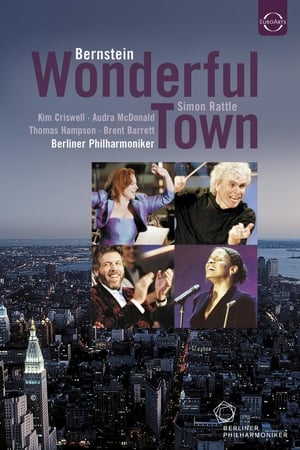 0.0
0.0Wonderful Town(en)
The classic musical by Bernstein, Comden and Green is performed live in concert in Berlin, starring Audra McDonald, Thomas Hampson, Brent Barrett and Kim Criswell, and conducted by Simon Rattle.
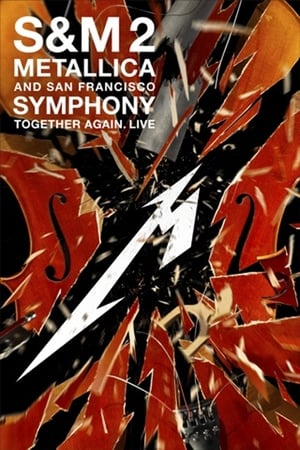 8.7
8.7Metallica and San Francisco Symphony: S&M2(en)
S&M2, the live concert film from Metallica and the San Francisco Symphony is the concert event of the year! S&M2 features 20 songs from the two-night event that opened San Francisco’s new Chase Center, with many Metallica fan favourites and two unique classical songs chosen by San Francisco Symphony Musical Director, Michael Tilson Thomas. S&M2 is newly re-edited by the band, with re-mixed and remastered audio, for a whole new look and sound from the original theatrical run in October 2019.
 9.0
9.0Beethoven: The Complete Piano Sonatas(en)
In this recording, seven-time GRAMMY® Award-winning pianist and conductor Daniel Barenboim tackles the so-called 'New Testament' of music, Ludwig van Beethoven's thirty-two piano sonatas, composed over twenty-five years and embodying the shift of musical taste from the Classic to the Romantic, their performance requires a musician of extraordinary versatility. Daniel Barenboim is one such pianist his recordings run the gamut from Bach and Mozart to Bruckner and Bartók.
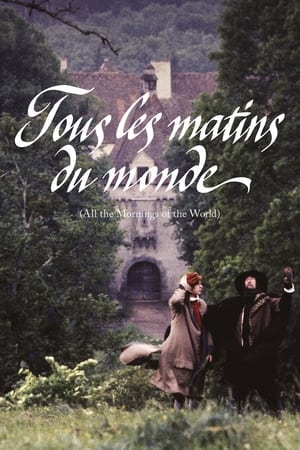 7.1
7.1All the Mornings of the World(fr)
Following the death of his wife, a renowned musician ostracises himself from the outer world and dedicates his life to music. However, his life changes when a young man approaches him to learn music.
 6.4
6.4Boléro(fr)
Boundary-pushing Russian dancer and actress Ida Rubinstein selects renowned French composer Maurice Ravel to compose the music for her next ballet. Ravel ends up creating his greatest success ever: Boléro.


